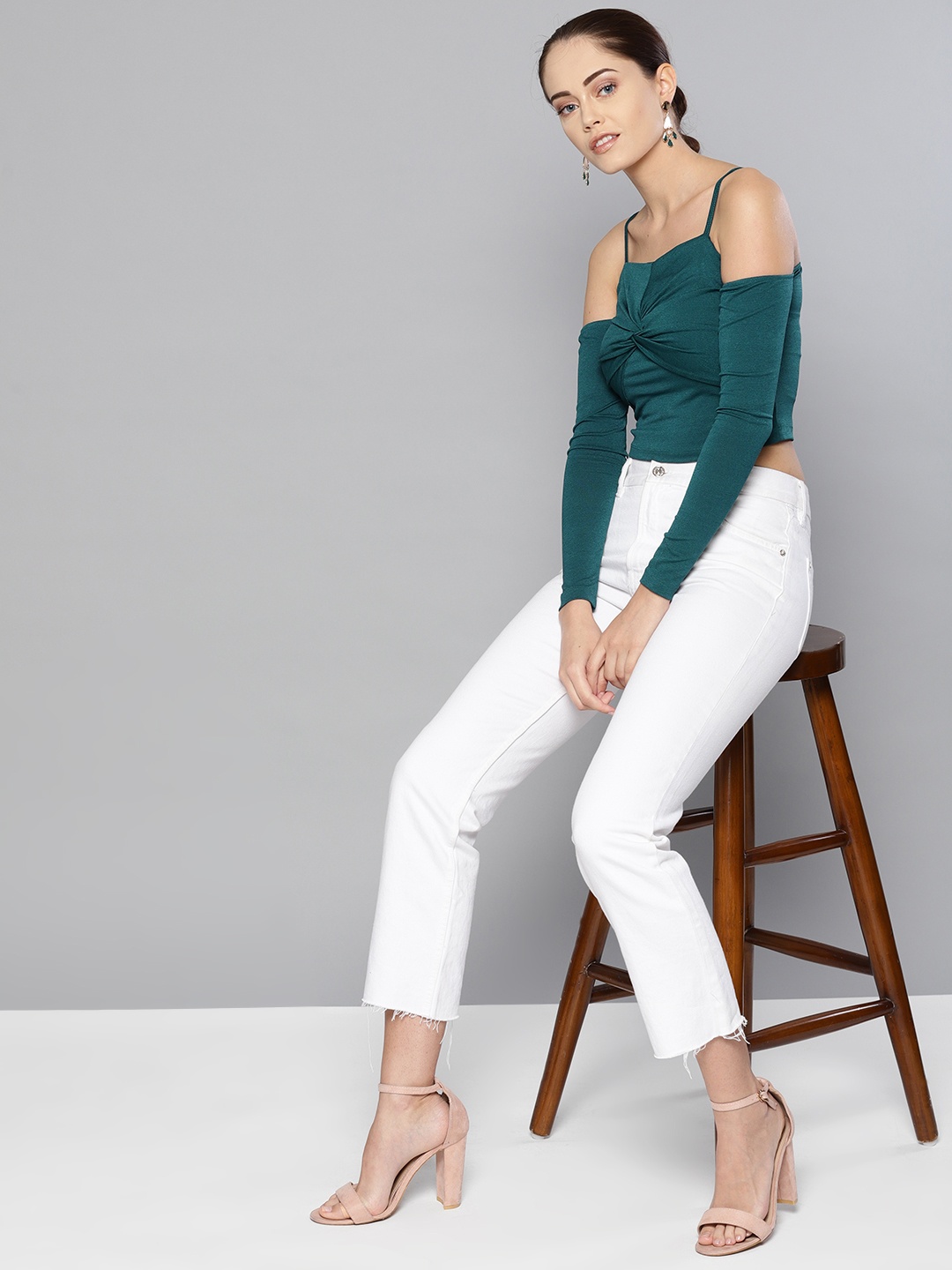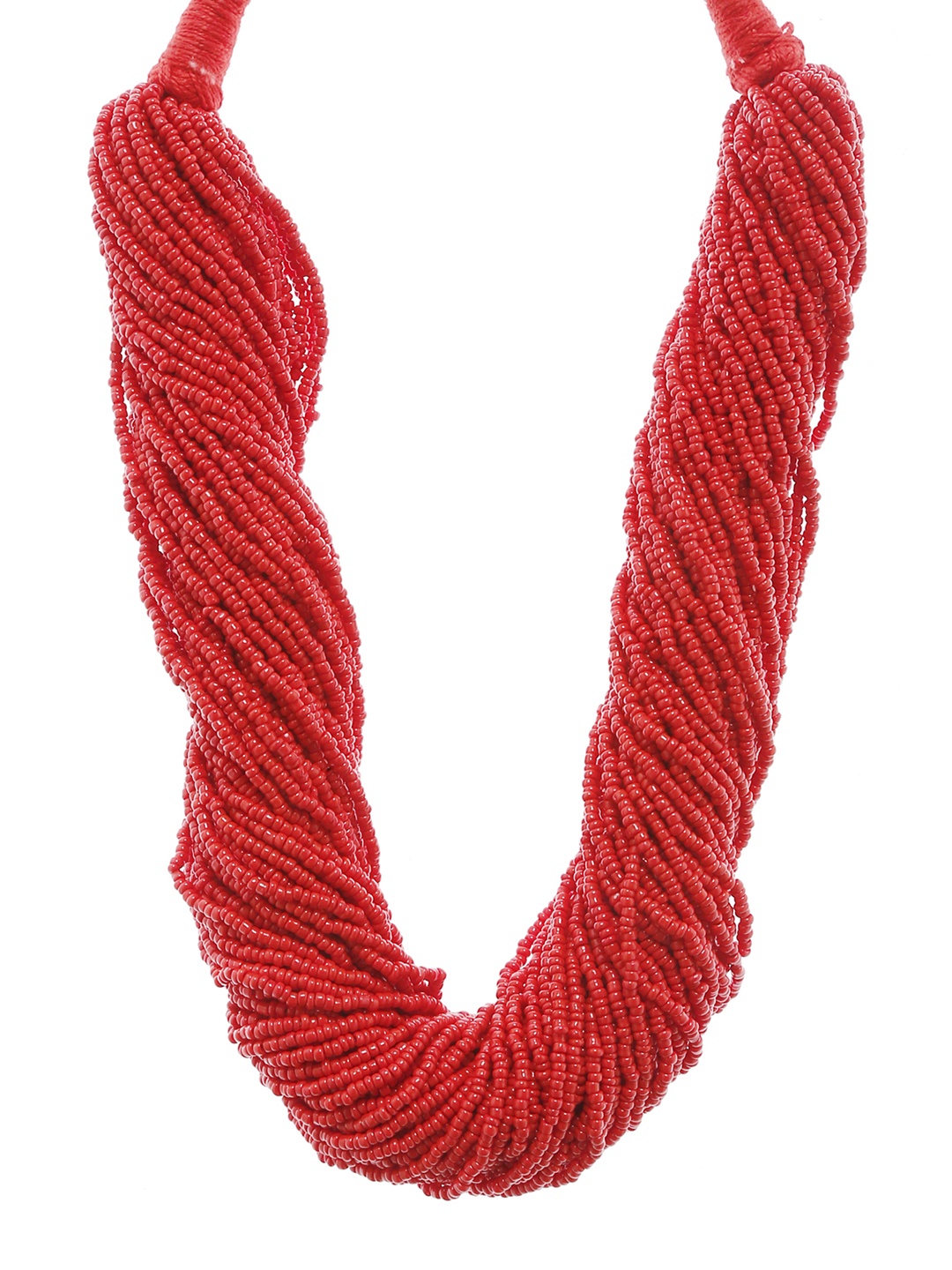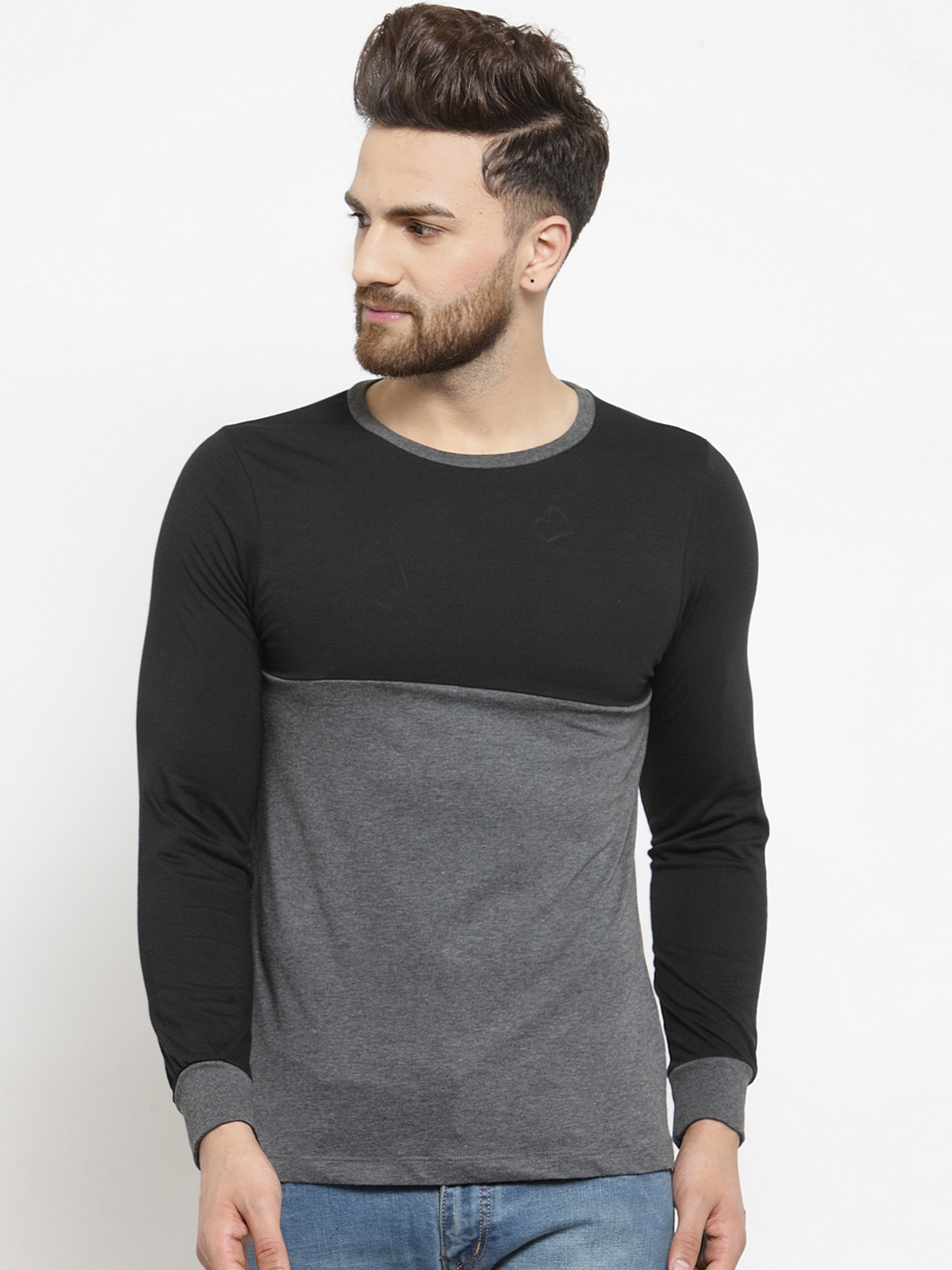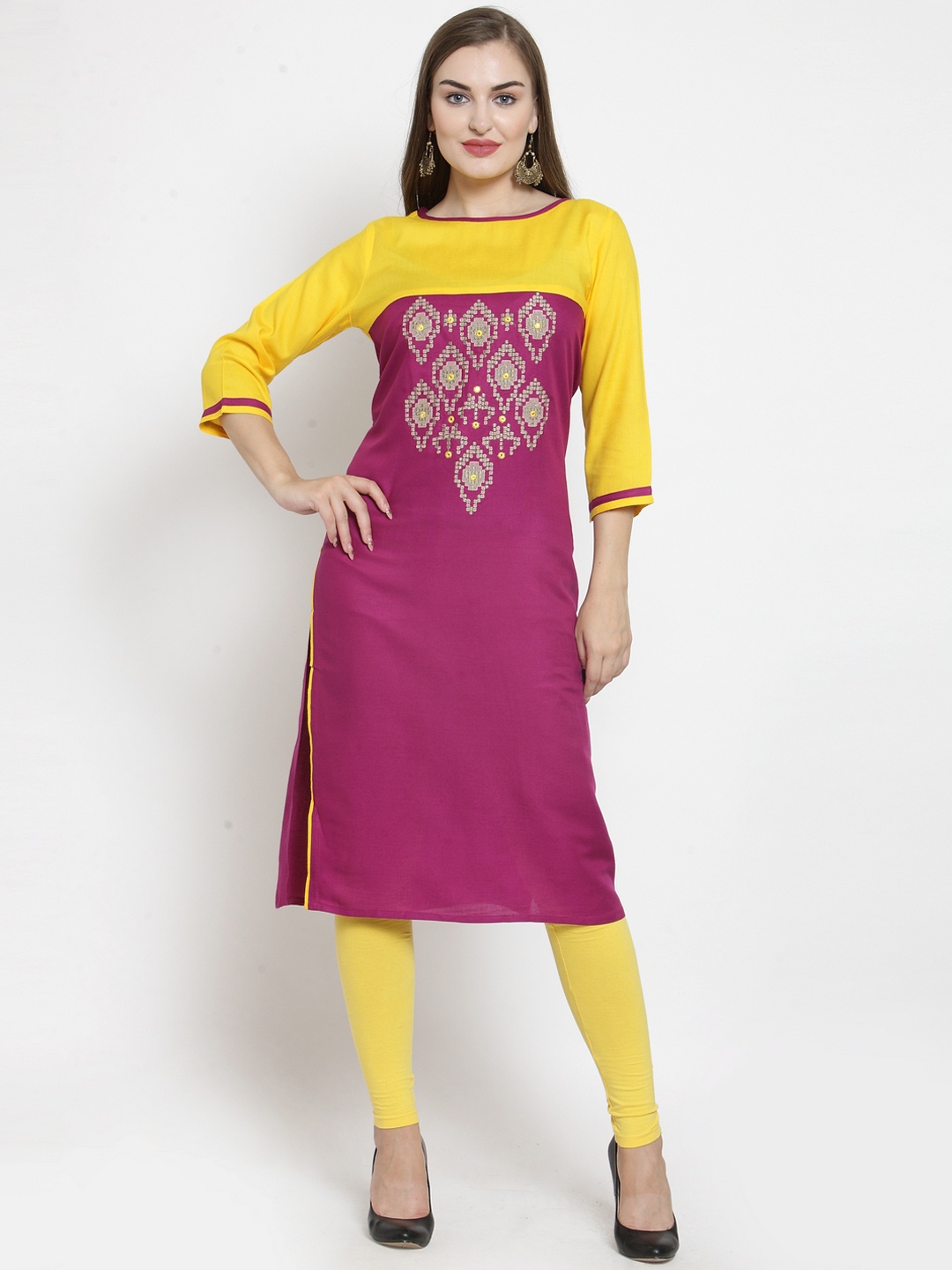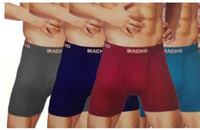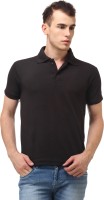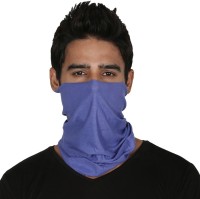Best Trekking Shoes For Monsoon In India: What To Look For Before You Buy
Slippery slopes, muddy trails, surprise rain showers and monsoon treks are not for the faint-hearted. Here is how to buy the best trekking shoes for Monsoon in India.
How to Choose the Best Trekking Shoes for Indian Monsoon To Stay Safe And Dry.
Monsoon treks are like a Bollywood monsoon song, dramatic, unpredictable, and irresistibly romantic. There's something deeply magical about wandering through lush, rain-washed trails with the smell of wet earth rising around. But as anyone who's slipped into a muddy puddle knows, one wrong step can turn that dreamy hike into a soggy, bruised misadventure.
A reliable pair of shoes can make all the difference. In fact, choosing the right monsoon trekking footwear isn't just about comfort; it's a full-blown safety strategy. From slippery moss-covered rocks to surprise water crossings, nature throws up more twists than a daily soap. So, check out the lowdown on what to look for before buying, what to avoid, and how to make sure your feet lead you boldly into the rainy wild. Here is how to buy the best trekking shoes for Monsoon in India - 10 tips.

How To Pick The Best Shoes For Monsoon Treks: They Will Goad You To Travel More; Photo Credit: Pexels
1. Traction: Your Trusty Grip Against Gravity
Imagine trudging up a mossy hillside, only to find yourself involuntarily moonwalking backwards. It's funny, until it hurts. That's where traction comes in. A trekking shoe with excellent grip gives you the confidence to move freely, even when the terrain is slick and unpredictable.
Deep lugs (those toothy patterns on the sole) are a sign your shoes mean business. They dig into muddy trails and provide that solid ground feel, like the difference between holding a chai cup and trying to catch it mid-air. Rubber outsoles with multi-directional patterns are a bonus; they help you grip whether you're ascending, descending, or skidding around a curve trying to avoid a leech ambush.
Avoid smooth soles, even if they look sleek. In the monsoons, style points won't keep you on your feet; traction will. Look for soles made with Vibram or similar high-friction materials. The best way to test them? Press and twist the sole on a tile floor. If it resists, it's ready to tango with the trails.
2. Waterproofing: Because Wet Socks Are Soul-Crushing
There's nothing poetic about squelching in your own shoes. The monsoon is relentless, and so are its puddles. Stepping into one unprepared means spending hours with soggy socks and pruned toes. Waterproof shoes don't just keep your feet dry, they preserve your will to walk.
Look for shoes with a breathable waterproof membrane, like Gore-Tex or eVent. These materials block water from getting in, but allow sweat to escape. That way, your feet stay dry from both rain and your own enthusiasm. Some brands also offer proprietary waterproofing tech, which works just fine as long as it doesn't turn your shoe into a steamy rice cooker.
And don't forget the tongue, no, not yours, the shoe's. A gusseted tongue (attached to the shoe on both sides) prevents water and debris from sneaking in through the laces. After all, no one signs up for a trek to carry a personal puddle around.
Also Read: Trek In Style:What Are The Top Trekking Footwear For Adventure-Seekers
3. Ankle Support: When the Path Decides to Play Twister
Monsoon trails are notorious for hiding twisted roots, rocks, and the occasional sneaky snake. A single misstep, and it's a game of “guess which ligament you've upset today.” That's where ankle support becomes your best bet.
Mid-cut or high-cut trekking shoes offer additional stability around the ankle joint. They reduce the chances of rolling your foot and ending up with a swollen ankle the size of a cricket ball. For those carrying heavy backpacks, ankle support isn't optional; it's essential. The added height holds your joint snug, offering both protection and peace of mind.
Now, don't go overboard with boots that look like they belong in Antarctica. Flexibility is key. The support should feel like a guiding hand, not a cast. Look for padded collars, reinforced sides, and shoes that move with your feet instead of restricting them.
4. Quick Drying: Because It Will Get Wet Eventually
Even the best waterproof shoes can get waterlogged if the rain gets cheeky. Whether it's crossing a stream or accidentally stepping into a hidden puddle, at some point, your shoes will be soaked. The real trick lies in how fast they bounce back.
Materials like synthetic mesh and lightweight nylon dry quicker than traditional leather. Avoid full-grain leather shoes for monsoon treks; they take forever to dry and smell like a damp storeroom afterwards. Quick-drying shoes reduce the risk of blisters, fungal infections, and that dreaded squelch-squelch sound that follows every step.
Bonus tip: carry a pair of lightweight floaters or sandals to switch into during long halts or river crossings. Not only do your feet get a breather, but your shoes get a chance to dry out before the next slog.

How To Pick The Best Shoes For Monsoon Treks: They Will Goad You To Travel More; Photo Credit: Pexels
5. Weight Matters: Lighter Is Lovelier
On a sunlit day, a heavy boot might feel rugged and secure. But add rain and slippery trails to the mix, and that extra weight becomes a burden. Trekking in the monsoon is hard enough; your shoes shouldn't be lifting weights for you.
Lighter trekking shoes reduce fatigue and make it easier to maintain balance. They also dry faster and are more comfortable when walking long distances. Look for pairs that balance toughness with agility. Too light, and they might lack protection. Too heavy, and your legs will protest before your spirit does.
Brands now offer hybrid models, sturdy enough for rough terrain but light enough to run from that unexpected waterfall shower. If you find a pair that feels like you're wearing nothing but offers everything, you've struck gold.
6. Sole Strength: Cushion the Chaos
Monsoon trekking isn't a ballet. It's a messy, bouncy, sometimes clumsy dance with nature. You'll jump over rocks, slip on gravel, and descend sharp trails. A good midsole saves your feet from taking the brunt of it all.
EVA (ethylene-vinyl acetate) midsoles are a favourite; they're lightweight, shock-absorbent, and flexible. PU (polyurethane) soles, while slightly heavier, offer better durability and long-term support. Either way, cushioning is crucial, especially for treks that stretch over multiple days.
Think of your shoe's sole as the suspension in a car. Without it, every bump becomes a jolt. A well-cushioned sole absorbs impact, reduces foot fatigue, and makes walking feel less like a punishment and more like a pilgrimage of joy.
7. Breathability: Because Feet Deserve Air Too
With all the waterproofing and padding, breathability often gets left out. But sweaty feet in humid weather are a recipe for blisters and stink. It's a delicate balance, keeping water out without turning your foot into a steam dumpling.
Shoes with mesh uppers and ventilated panels allow air to circulate. Look for materials that wick moisture away from your skin. It helps if your socks are moisture-wicking too, cotton is a no-go. Use synthetic or merino blends to keep your feet cool and dry, even when everything else is drenched.
Breathable shoes also dry faster, which is handy when trekking in regions like the Western Ghats, where rainfall is less of a season and more of a lifestyle.

Get Monsoon Trek Shoes With High Quality And Durable Material On Myntra; Photo Credit: Pexels
8. Fit and Comfort: The Non-Negotiable Duo
Even the most high-tech shoe will fail you if it doesn't fit right. A snug, comfortable fit prevents blisters, black toenails, and awkward limps that attract unwanted attention. Your trekking shoes should feel like a firm handshake, not a bear hug, not a limp wave.
Always try on shoes with the same socks you'll wear on your trek. Make sure there's enough room in the toe box to wiggle your toes but not so much that your foot slides around. Heel grip should be tight to avoid rubbing. And yes, walk around a bit, jump if you must. The shop assistant might judge, but your feet will thank you later.
Many stores now offer foot scanners that measure arch type and pressure points. If you've got flat feet, high arches, or any specific condition, don't compromise. Invest in insoles or orthotic inserts. Comfort is not a luxury, on the trail, it's survival.
9. Durability: Because Monsoon Treks Aren't Gentle
Monsoon treks can chew up footwear and spit it out with a smug grin. Cheap shoes might last a weekend, but serious trekkers need gear that endures. That means durable uppers, reinforced toe caps, and solid stitching.
Look for shoes made with ripstop fabric, treated mesh, or tough synthetics. Reinforced heel and toe areas are lifesavers when navigating rocky terrain. Mud, rain, and gravel will test your shoes, and the last thing anyone needs is a sole peeling off mid-hike. Brands with a track record of producing adventure gear are worth the investment.
Yes, sturdy shoes come with a price tag, but it's a long-term affair. A well-built pair will accompany you through countless trails, rain dances, and mountain mischiefs. Plus, isn't ₹5,000–₹8,000 a fair price to pay for freedom on your feet?
10. Local Terrain Matters: Know Where You Roam
Trekking in the Sahyadris isn't the same as climbing the hills of Sikkim or navigating the rainforests of the Northeast. Each terrain has its own tantrums. That's why your shoe choice should depend on where you're headed.
For muddy trails with a lot of vegetation, look for shoes with aggressive tread patterns and high ankle support. For rocky plateaus that get slick when wet, grippy soles and toe protection matter more. Planning a short weekend trek to a fort? Lightweight, breathable shoes might be all you need.
Knowing your terrain also helps plan better, socks, gaiters, rain covers, the works. Think of it like packing a thali, you want the right mix for the full experience.
Products Related To This Article
1. North Star Women Trekking Shoes
2. Bata Men Woven Design Trekking Shoes
3. Trump Unisex Kids Trekking Shoes
4. SHOE DAY Men Leather Trekking Shoes
5. Skechers Women Printed SUMMITS-PERFECT BLOSSOM Sneakers
Picking the right monsoon trekking shoes is a bit like choosing a dance partner; you need someone who matches your rhythm, supports your missteps, and doesn't slip away when things get messy. The right pair will not only keep your feet safe but also spark a love for rain-drenched wanderings that no umbrella can contain.
So before the clouds roll in again, find your perfect fit of trek shoes online. Let the trails call, the rains pour, and the adventure begin. With the right shoes, you won't just trek, you'll glide, splash, and laugh your way through the monsoon.
Disclaimer: The images used in this article are for illustration purposes only. They may not be an exact representation of the products, categories, and brands listed in this article.
